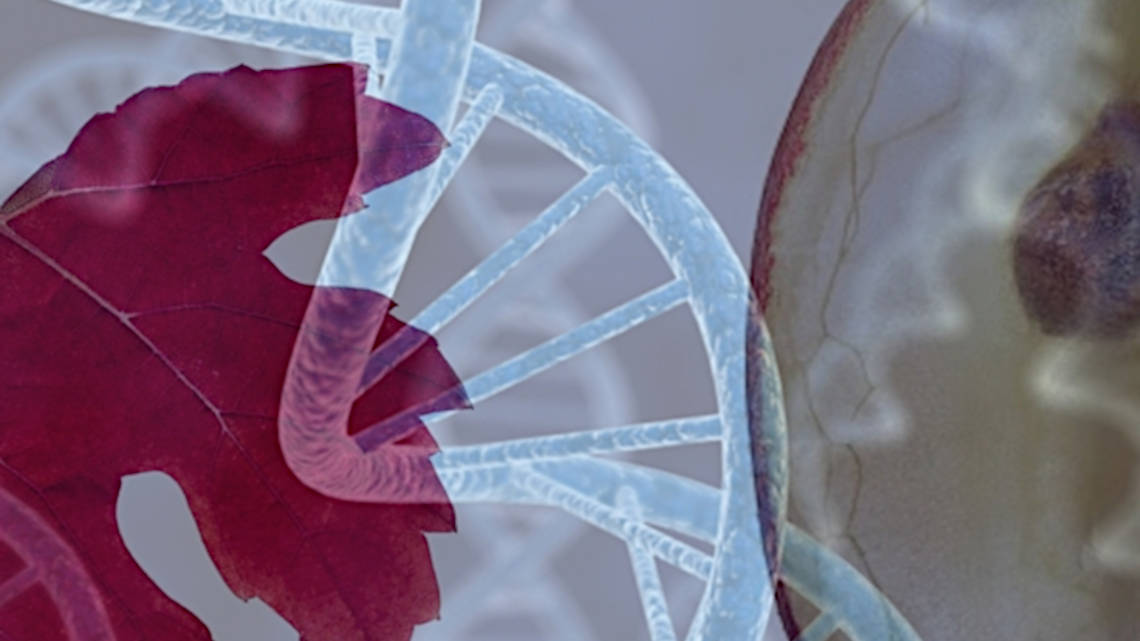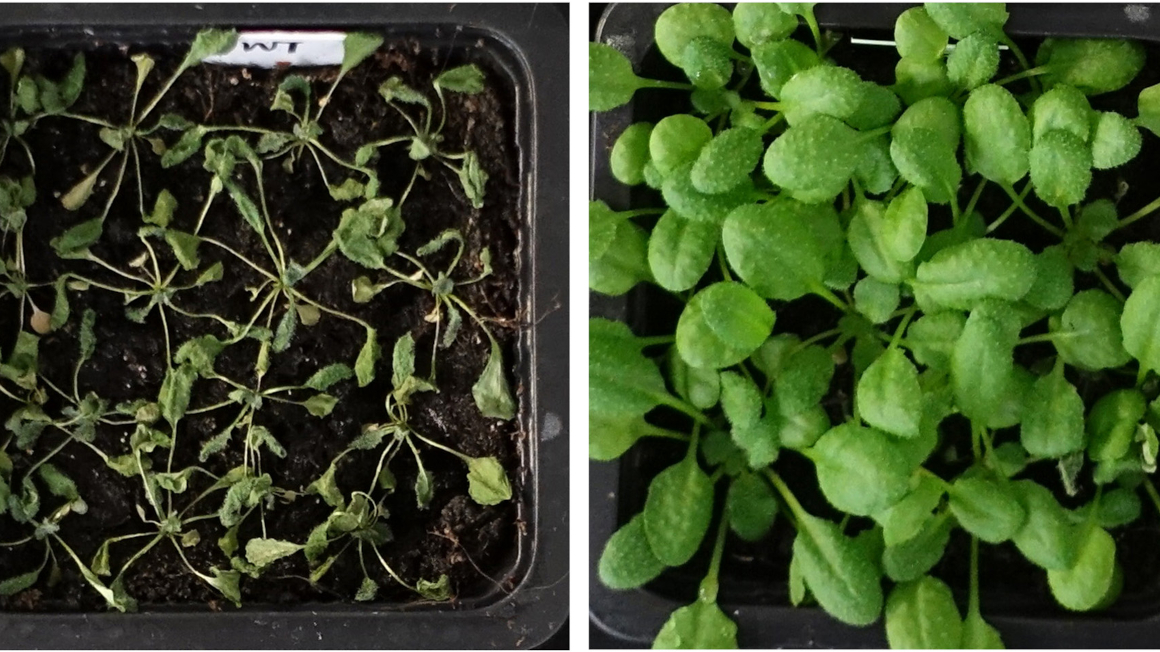Genome analysis: The relatives of the grapevine
Chinese plant researchers have deciphered and analysed the genomes of 472 different wild grapevine forms. A vine archive from Karlsruhe contributed material.

The vine, which has been domesticated for about 6,000 years, has about 60 wild relatives, including the European wild vine Vitis vinifera ssp. vinifera. It is regarded as the origin of viticulture with about 10,000 varieties worldwide. Many of these wild species are threatened and have not yet been genetically recorded. Chinese researchers have now analysed the genomes of 48 of these 60 species and also made use of a collection from the Botanical Institute of the Karlsruhe Institute of Technology (KIT). This unparalleled archive contains the entire gene pool of the grapevine that still exists in Germany.
Complete biodiversity recorded
"This huge dataset allows us to create a comprehensive picture of the evolution of the vine. It will continue to reveal numerous aspects of the history of our vine in the future," said Peter Nick, Professor of Molecular Cell Biology at the Botanical Institute. "We have thus not only captured the entire biodiversity of this species, but also the entire genetic information available for targeted use."
Important genes identified
In the specialist journal "Nature Communications", the researchers report that species from the Black Sea region, for example, differ significantly from other cultivated wine species. In addition, the genome analyses have already revealed which genetic parameters have an influence on the edibility of the grapes and how the stress resistance of the vines can be increased. Candidate genes have also been identified that may be responsible for the shape of the grapes and their aroma.
Database for wine growers
The KIT team has now transferred the genome data into a database that includes all domestic vines. For each gene, the existing variants of the entire collection can be retrieved and compared. This has great potential for wine breeding, as growers can identify the species that are genetically best suited to their particular requirements.
bl/um


